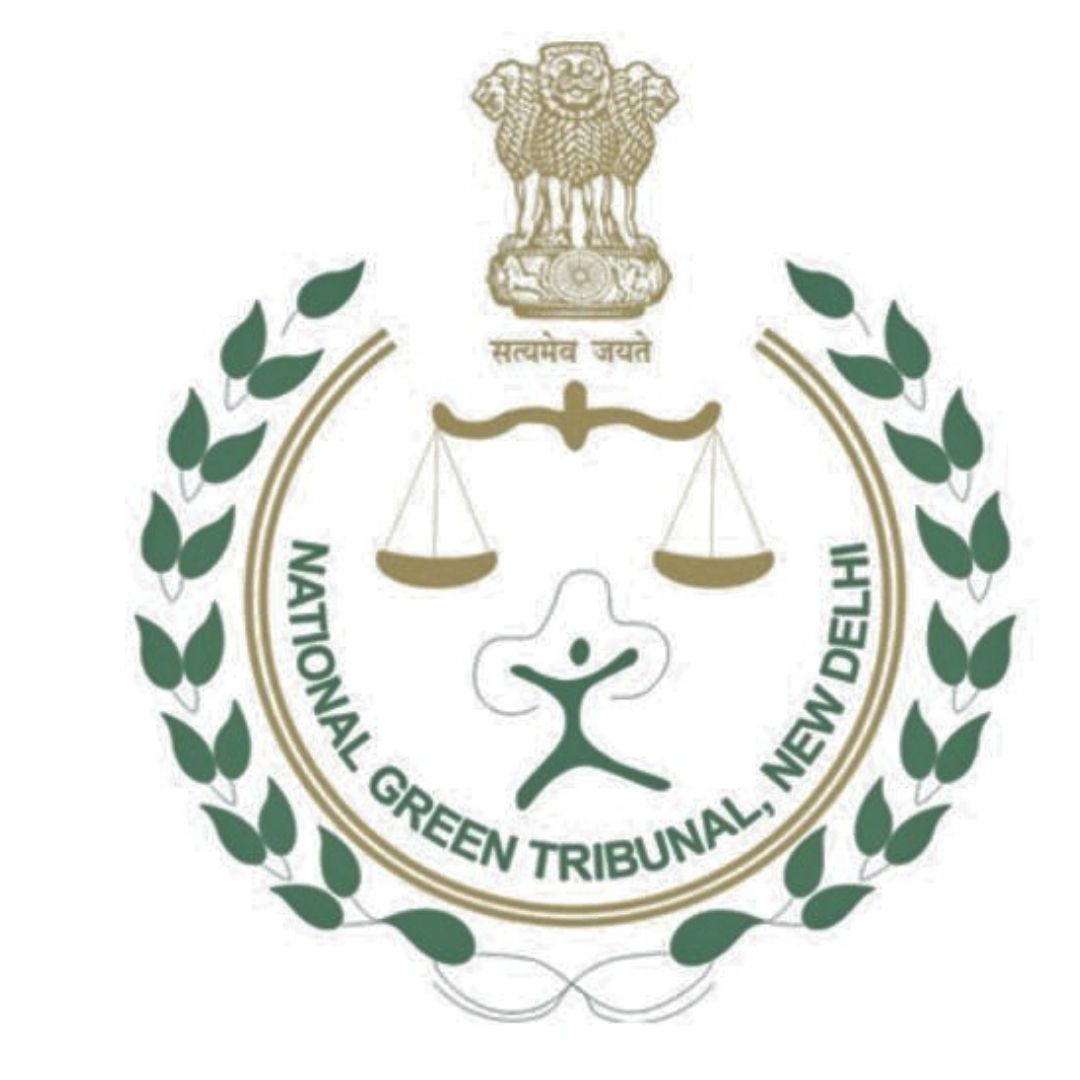Updated on November 01, 2025 05:33:18 PM
The National Green Tribunal resolves all the matters related to environmental preservation and conservation. In cases where environmental factors and pollution cause death or injury, one can seek NGT for compensation. Every matter that involves the environmental aspect comes under the jurisdiction of NGT. Complaints against any of the actions that result in harm to the environment can be filed with NGT.
If you are someone who wants to apply for compensation or a complaint with NGT against injury, death, or any environmental damage, then you are at the right place. We will explain how, where and when to approach NGT and the fundamentals of the National Green Tribunal in India.

The National Green Tribunal (NGT) is a special tribunal set up for effective and expeditious disposal of cases related to environmental protection and conservation. It is a statutory body established on 18 October 2010 to deal with environment-related matters, thus releasing the burden from the higher courts. This Tribunal was set up under the National Green Tribunal Act 2010. NGT or National Green Tribunal follows the principle of polluter pay and sustainable development. It doesn’t follow the procedure laid under CPC, which ultimately reduces the time in judgment and provides speedy disposal of cases.
Any person seeking relief and compensation for environmental damage involving subjects in the legislations mentioned in Schedule I of the National Green Tribunal Act, 2010, may approach the Tribunal.
There was always the need for a special body to give judgement in environment-related matters. The Supreme Court itself has mentioned the same in many of its judgements. Considering many environment-related pending cases, the Supreme Court mentioned the need for a specific body with subject matter experts for better and faster decisions. To address this, the National Green Tribunal was set up in 2010 to provide speedy and effective decisions related to environmental issues.
The National Green Tribunal comprises three major bodies:
Note: The Tenure for chairperson, judicial member, and expert member is five years. No re-appointment can be made for these posts.
| Zone | Place of Sitting | Territorial Jurisdiction |
|---|---|---|
| Northern | Delhi (Principal) | Uttar Pradesh, Uttarakhand, Punjab, Haryana, Himachal Pradesh, Jammu and Kashmir, National Capital Territory of Delhi, and Union Territory of Chandigarh. |
| Western | Pune | Maharashtra, Gujarat, Goa with Union Territories of Daman and Diu and Dadra and Nagar Haveli. |
| Central | Bhopal | Madhya Pradesh, Rajasthan, and Chattisgarh |
| Southern | Chennai | Kerala, Tamil Nadu, Andhra Pradesh, Karnataka, Union Territories of Pondicherry, and Lakshadweep. |
| Eastern | Kolkata | West Bengal, Odisha, Bihar, Jharkhand, seven sister States of the North-Eastern region, Sikkim, Andaman, and the Nicobar Islands. |
The National Green Tribunal Act, 2010 states the powers and jurisdiction of the Tribunal. It states the composition of the NGT as well.
In cases where no compensation is demanded, the fee for such cases is Rs. 1000 (excluding attorney fee). And in those cases where compensation is involved, the Tribunal charges 1% of the compensation claim.
| Form Type | Government Fee |
|---|---|
| Form I | Rs. 1000/- |
| Form II | 1% of Compensation Amount |
The process of filing a complaint with NGT is quite simple and easy. There is a total of two types of applications filed to the NGT (National Green Tribunal):
Whatever the case, the procedure for filing a complaint with NGT remains the same.
The National Green Tribunal's complaint procedure, accompanied by the necessary papers, acts as an important route for people and groups to campaign for environmental preservation and justice. The NGT serves a critical role in environmental protection by effectively handling problems including pollution, conservation, and sustainable development. Its commitment to rapid resolution, along with a strict legal framework, permits people and businesses to hold wrongdoers responsible. With a common commitment to protecting our natural resources, the NGT's functions continue to play an important role in defining a greener and more sustainable future for India, highlighting the significance of responsible environmental stewardship.

Legal Consultation

Expert Lawyers

Lowest Fees

Quick Process
NGT stands for "National Green Tribunal." It is a specialist judicial organisation in India that was founded in 2010 to handle disputes involving environmental protection, conservation, and sustainable development.
The National Green Tribunal (NGT) handles environmental problems such as pollution, conservation, forest and animal preservation, water resources, and other environmental laws and regulations.
The full form of NGT is the “National Green Tribunal”.
Individuals, organizations, non-governmental organizations (NGOs), and government authorities can bring cases or petitions at the National Green Tribunal (NGT) over environmental issues and matters.
Disclaimer: The content provided on this site is intended for informational purposes only. Accessing or utilizing this site and its materials does not establish an attorney-client relationship. The information contained herein does not constitute legal or professional advice and should not be relied upon as such. It is not a substitute for obtaining legal counsel from a qualified attorney licensed in your jurisdiction.